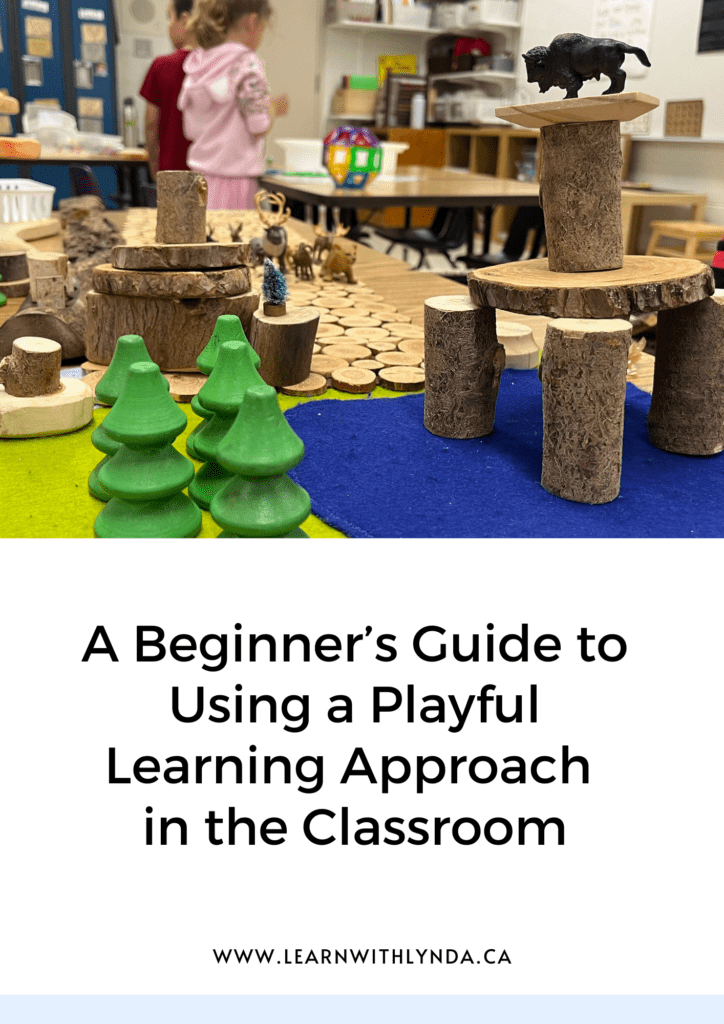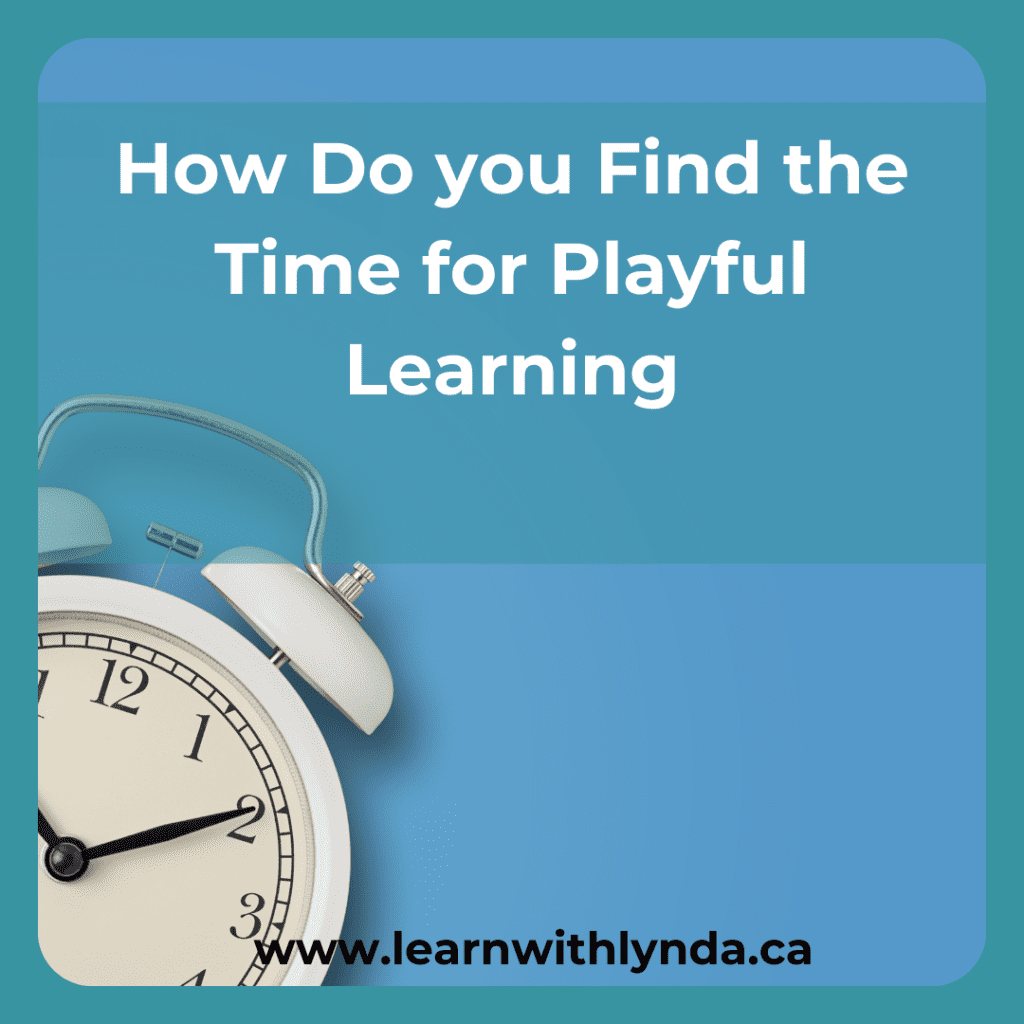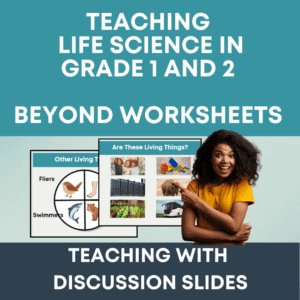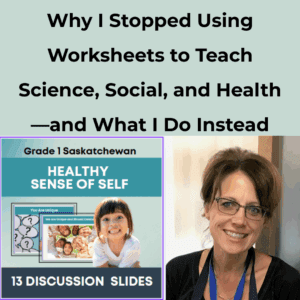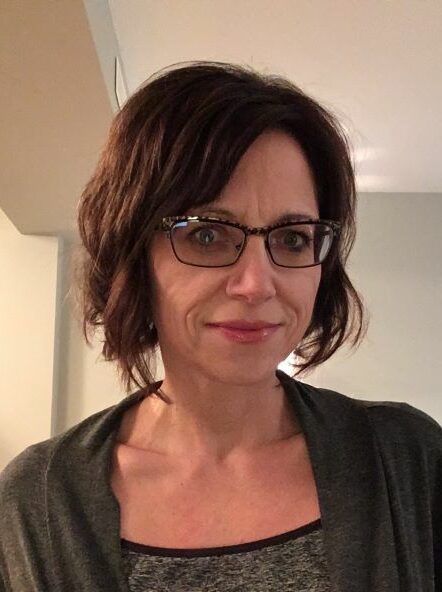“Where do you find the time?” is another question I often hear. My response is simple: we make time for the things we believe are important. Of course, this mindset doesn’t always work for me when it comes to chores like house cleaning!
How I Found the Time for Playful Learning
When I decided to add more play into our day, the first step was reviewing our schedule. I looked for moments that weren’t being used effectively and made changes from there.
I discovered many lost minutes throughout the day—those times when we’re waiting for everyone to come in from recess or sitting idle during school-wide announcements. My goal was to create a large, uninterrupted block of time where students had autonomy and choice. To achieve this, I introduced new routines and procedures.
Key Changes to Maximize Time for Playful Learning
The first adjustment was adding routines that students could follow independently when transitioning back from recess (my school has three of these transitions daily). This ensured we weren’t waiting for the last students to hang up their coats and get ready for the next part of the day.
Perhaps it’s just my classes, but I’ve often had a group of students who returned quickly after recess while others took their time. Those quick returners often found themselves engaging in undesired behaviors while waiting. Does this happen in your classroom too?
Here are the routines I implemented in the transition from recess break times:
- Tabletop Tasks: As soon as students were ready, they completed a quick task and then moved on to a playful learning activity of their choice.
- Whiteboards: Students grabbed whiteboards and began practice sessions, which included guided drawings or practicing letter and number formations. This five-minute activity transitioned smoothly into a whole-class whiteboard lesson.
- Focus Videos: Students watched subitizing or literacy/numeracy-focused videos. Jack Hartman’s videos are my favorite for these transitions.
These small additions helped us maximize our time on task and gave me the minutes I needed to include a much-needed play block for my students.

My Vision of Playful Learning
For me, playful learning includes opportunities that engage students in joyful, meaningful activities. This includes teacher-selected tasks as well as child-selected play. My role is to structure our day to include both and to provide the materials needed for playful learning during choice time.
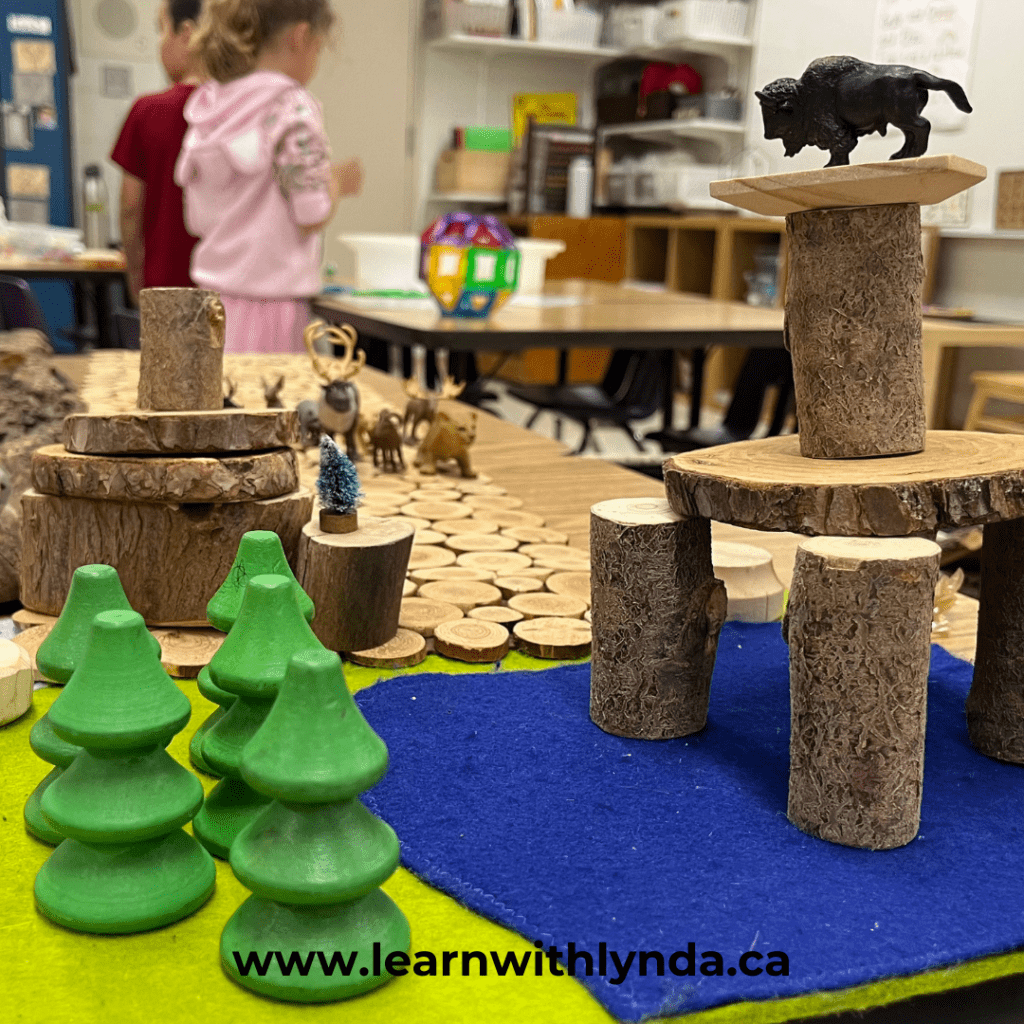
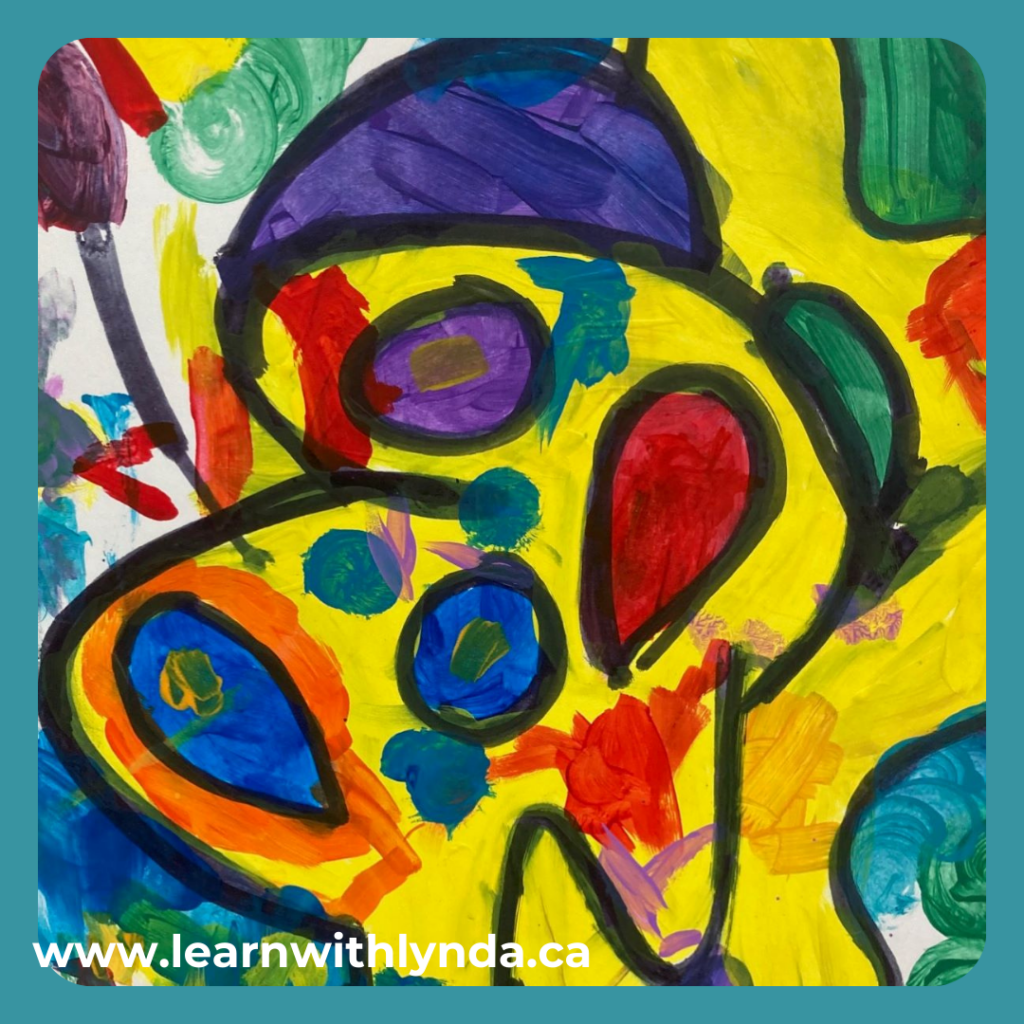
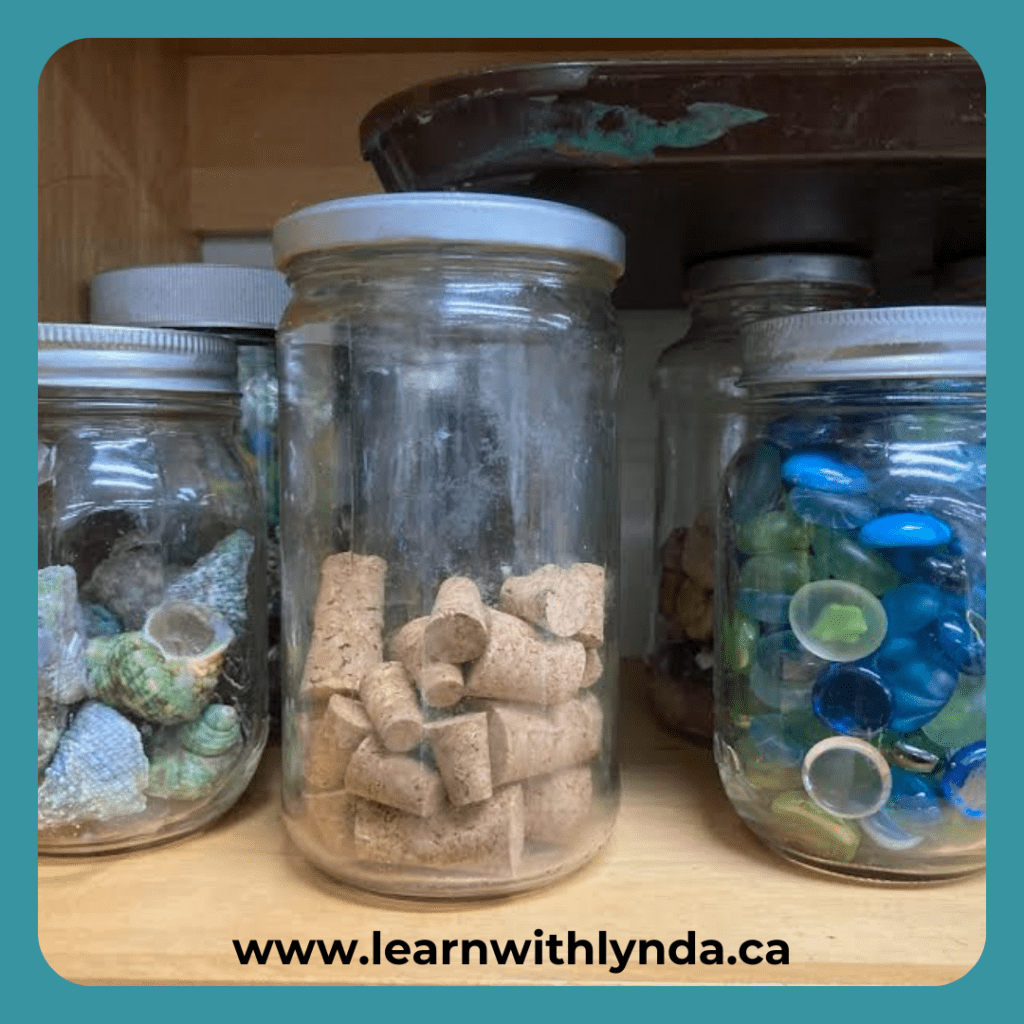
Getting Started
Start small. Try adding one playful activity to your day. Take a close look at your schedule—are there any lost minutes you can reclaim?
Stay tuned for more ideas on incorporating playful learning into your classroom!
Happy Learning,
Lynda
You might be interested in my new guide
A Beginner’s Guide to Using a Playful Learning Approach in the Classroom
